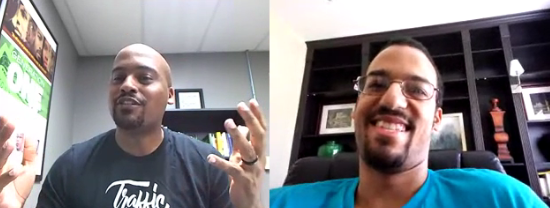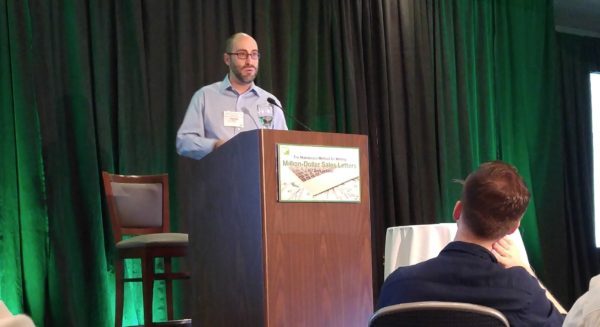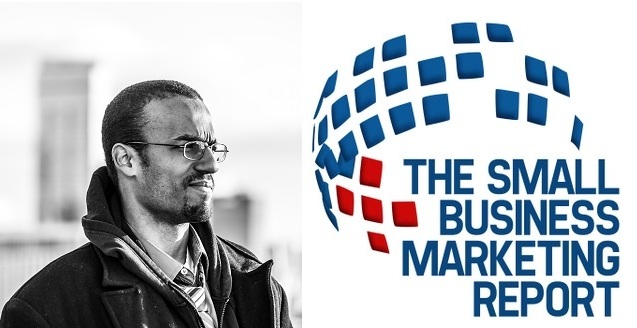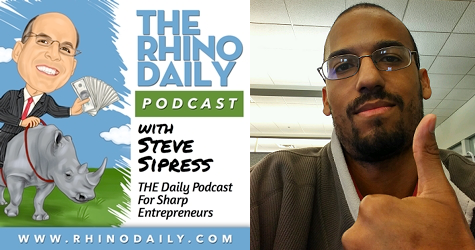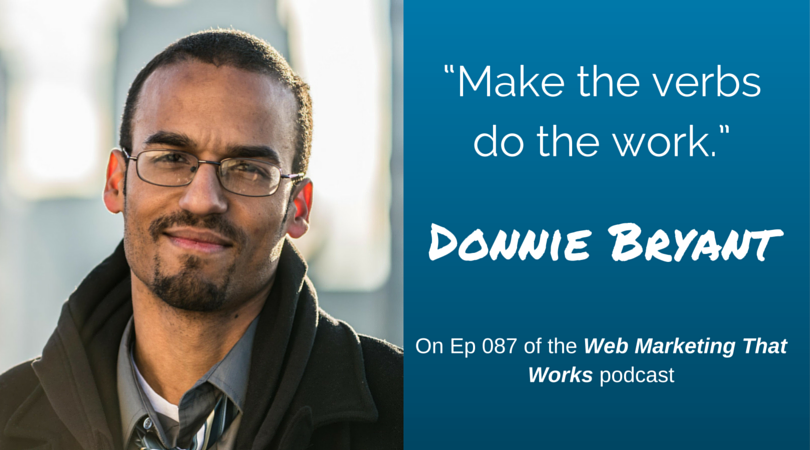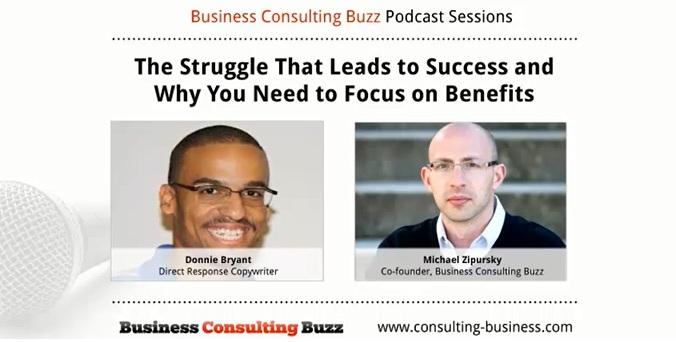Robert said something a few weeks ago that has been ringing in my ears ever since it rolled off his lips. He has no idea it’s had such a lasting –almost haunting– effect on me. Maybe I should call him and let him know.
“Have you ever offered anything crazy get people onto your buyer’s list?”
He posed the question to about a dozen bright entrepreneurial minds during our mastermind group call. As I recall, only one or two of us came up with a response.
For the record, Robert Michon is a very smart marketer, so his inquiry comes loaded with knowledge, experience and an ever-present curiosity.
This is an idea we all understand, but most of us don’t do it. Or we don’t take it as far as we should. For whatever reason, we never cross the border into “crazy.”
When You Understand This, You Understand How Direct Marketing Really Works
You hear a lot of talk these days about building your email list, and that’s a good thing. But there is a fundamental difference between people who subscribed to your list to get something for free and paying customers. Understanding the difference and focusing on it appropriately will virtually guarantee increased conversion rates, sales and profits.
The best new customer is a satisfied old customer. The second best customer is one referred by a satisfied old customer. The best prospects to buy your higher-end product or service are satisfied buyers of your less expensive offers (all things being equal).
This idea reminds me of a lesson I learned from Richard Armstrong, direct marketing veteran and AWAI Copywriter of the Year for 2012. In chapter 11 of his book My First 40 Years in Junk Mail, he shares the story of his time working with the legendary Dick Benson. The takeaways are golden. Stealing from pages 56-57:
“Oh, let me tell you one other little secret I learned from Dick Benson. Now that he’s passed away, I can share this with you. Dick was never in the publishing business. He was in the list-building business!”He sold subscriptions to those newsletters for just ten dollars a year! In the process, they became the most widely-circulated newsletters in America… But Dick didn’t really give a damn about the newsletters… All Dick cared about was the lists. In other words, he literally gave away the newsletters in order to build up gigantic mailing lists of subscribers…
“When you understand why he did that, you understand how direct marketing really works.”
I can’t recommend Richard’s book strongly enough. Grab a free copy here.
How Does That Impact Your Business?
A significant psychological shift takes place when someone gives you money. If you’ve been in business, either as an owner or an employee, you know there’s a huge difference between a customer and a tire-kicker. Rather than being passive about the process, be proactive. Don’t sit and wait for prospects turn into buyers. Consider making a “crazy” offer, one that’s harder to turn down than to buy. You’ll jumpstart that psychological shift in those individuals, and that begins what will hopefully be a long-term, mutually beneficial relationship.
Either that or you’ll find out that those 1) prospects aren’t as hot as you thought they were, 2) your offer wasn’t crazy enough or 3) your potential buyers don’t see your product as solving their problems or enhancing their lives. No matter what, you’re learning something that you can use to make improvements.
Any type of business can put this idea into practice. A little creative thinking and some courage can make this experiment wildly successful.
I’ve talked before about how Gillette sent me a Mach 3 razor in the mail for my 18th birthday. Some businesses would be too scared to go that far. It’s crazy, especially since the only thing they knew about me was that I turned 18 on November 2. But their small investment (probably no more than $5) secured my loyalty as a customer for over a decade. I’m in my 30s and I still use the very same razor they sent me. When I need replacement blades, there’s no question who gets my money.
Do you see how this could change the way you do business?
Your Action Steps
1) If you’re not already doing it, start collecting a customer database. Be as detailed as you can. This is a separate list from your general mailing lists.
2) Come up with a hard-to-resist introductory offer and give your prospects compelling reasons to buy. Not just opt-in, but actually send you money. You might be surprised by the difference between $1 customers and free newsletter subscribers.
3) No matter what price point you pick, over-deliver. Give more value than the customer expected.
4) Create back-end offers. Dream up ways to offer targeted products and services (your own and those of other providers you trust) to your customer lists. This is the Dick Benson secret.
5) Test different offers to convert the prospects who didn’t respond to previous offers. Measure results.
———-
I hope Robert’s “crazy offer” question is burning in your mind the ways it burns in mine. One of the reasons it affects me so much is that I know I could go much further into “crazy” in my own business. But more than that, I know this concept can have a huge impact on your business.
I hope this article provides the spark that gets you to take action on this idea.

